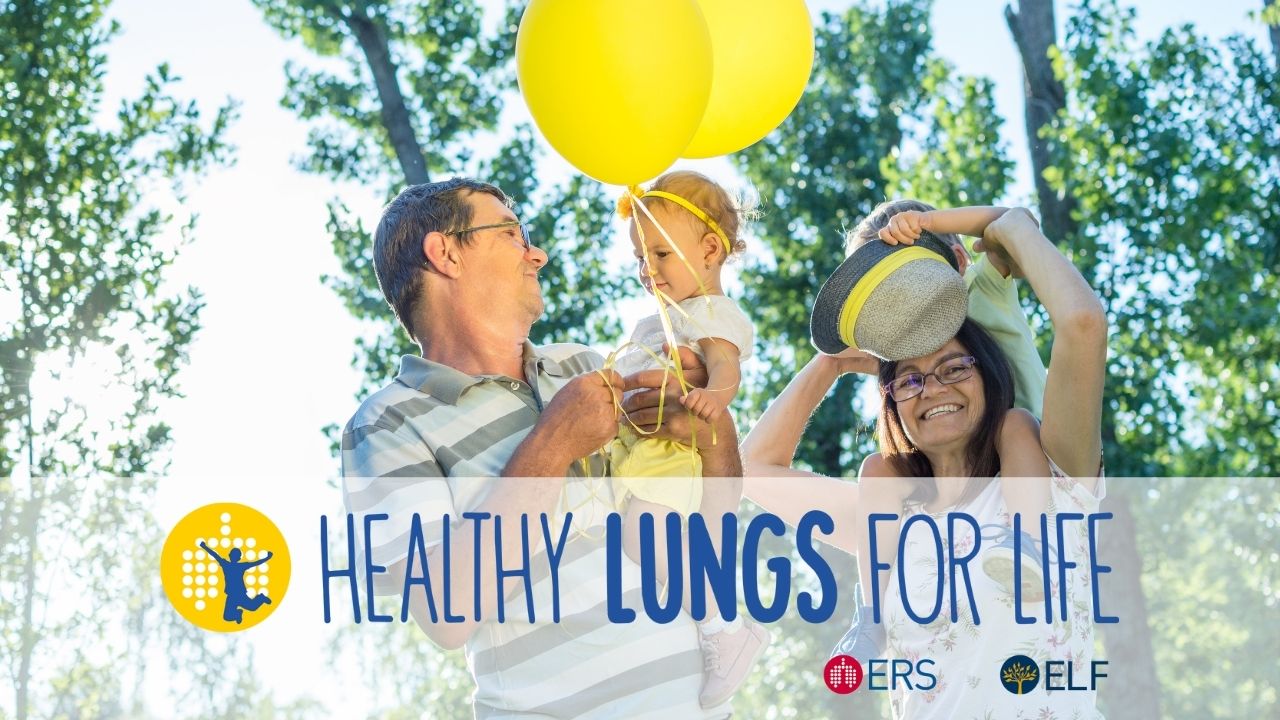Raise the profile of sleep and breathing disorders as a respiratory condition
Raise the profile of sleep and breathing disorders as a respiratory condition
Members wish to highlight the connection between sleep disorders and respiratory conditions to increase awareness within both the public and HCPs. They will seek out new opportunities to increase patient involvement in sleep research and encourage patients with respiratory sleep disorders to participate in research and advocate for improved treatment and care.






